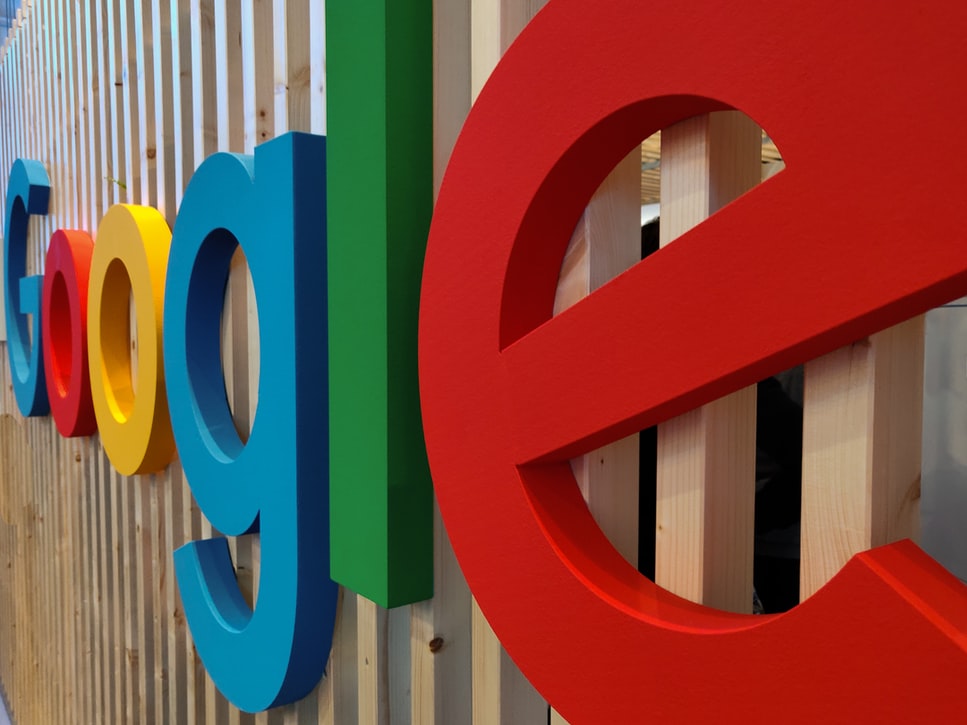
You don’t have to be a computer geek and you don’t need to know what an “ontological library” or “latent semantic indexing” is to improve the views and the ranking of your website. You can only follow a few simple steps to bring thousands of mathematics PhDs and web crawlers on your side!
What is Semantic SEO?
Imagine that you Google the phrase “SEO in Brisbane”. Due to the fact that Google is basically a semantic search engine, it does not focus only on your keywords, but tries to figure out what your intent is. So, by looking up and down the indexes it has piled up, it will introduce to you as many relevant websites as possible. As a result, for example in this case, Google will probably look for the SEO companies and service providers located in Brisbane, since it guesses that you are seeking a particular service.
Previously, Google was solely focused on keywords. As for the example above, the results Google was able to provide would be the websites with higher use of those exact keywords. That was mainly because there used to be a huge gap between what humans could understand and what search engines could. However, by developing the project “Hummingbird” in 2013, the guys at Google refined their algorithms fundamentally. Hummingbird was capable of understanding the context and the intent of the searches. But Google did not stop there and they afterwards introduced two other algorithms called RankBrain and BERT, the former a context analyzer and the latter a language processor. At the same time, Amit Singhal, the head of the Google’s Search team, announced the launch of the “Knowledge Graph” or the “Semantic Web” which enabled their search engine to understand real world entities and their relations. The knowledge graph was an enormous database with trillions of most searched items. When you searched something, it did’t merely give you the exact results, but it prioritized them and took into account their associations with the real world.
To put it all together, Semantic Search Engine Optimization (SEO) is putting as much meaning in your content as possible. It is the anticipation of the questions the users would ask Google as well as trying to answer them. Search engines need context to realize the meaning of a query, therefore, the content producers are required to enrich their content with relevant contexts to the greatest extent possible.
How to Improve Your Page with Semantic SEO
All you need to do is to look good in the eyes of Google. According to Google’s Quality Evaluator Guidelines, the raters who rate sites are looking for EAT which stands for Expertise, Authority and Trust. Concerning expertise, the content creator must be an expert with adequate knowledge of the subject. Authority for the most part is connected with the domain authority, the quality of the links and the citations. Trust of a webpage is assessed on the grounds of the trust of the content and also the trust of the domain. The following includes a few tips to enhance the ranking of your webpage with the aid of Semantic SEO:
1. User Interaction: search engines earmark the top-rated pages according to the “dwell time” or the amount of time the users spend on them. The longer the dwell time, the higher the popularity. Consequently, it is strongly recommended that the website owners be familiar with the ways through which they can make their pages more attractive. Here is a list of techniques they can use:

- Add multiple images to your content: there is a scientific notion named “Pictorial Superiority Effect” indicating that when information comes with pictures, the chance of remembrance will massively increase.
- Break long paragraphs: try to soften the tedium of your texts by splitting them and by making them look more well-organized, especially when there is long-form content.
- Include videos or YouTube links: videos are very engaging, convenient and trust-building and as a result, can boost the traffic to your page. Furthermore, Google owns YouTube and embedding a YouTube link in your content can give you an exceptional advantage in Google searches.
- Use Internal Links: on-page SEO and internal linking can generally promote the rank of your website and keywords, keep readers on your site for a longer time and finally, help google to discover and index your content more rapidly.
2. Google Tools: Google has developed a couple of astonishing tools in the last years which can come to your help for finding the high-ranked search ideas as well as creating SEO-friendly content:

- Google Lens and Google Images: Google has changed the image ranking algorithms and now takes into consideration the factors like location, size, name and the prominence of the photos. Google Lens is the AI version of Google images which interprets images and suggests information about them. In order for the content producers to optimize their photos for Google, they need to add precise location, a brief and comprehensive name and a relevant tag to them. They can also catch the attention of Google Lens by uploading as many images as possible, using a logo and inserting links in the texts around the photos.
- Featured Snippet: Featured Snippets are the boxes that appear at the top of the search results and usually provide a definition or a list about a search. Google takes this information from the first 10 sites in the organic results. Obtaining the Featured Snippets requires writing a short definition, answering questions and using the most frequent keywords. So, you need to investigate the popular searches, questions and keywords.
- Google related search, suggestions and people also ask: the foundation of semantic SEO is pinpointing the most common keywords and search ideas. Thus, one can simply overview what Google suggests and what other people have searched to discover them. After that, you can use them in order to keep your content on trend. There are also some other keywords-detecting tools on the web apart from Google which can be employed for this purpose.




